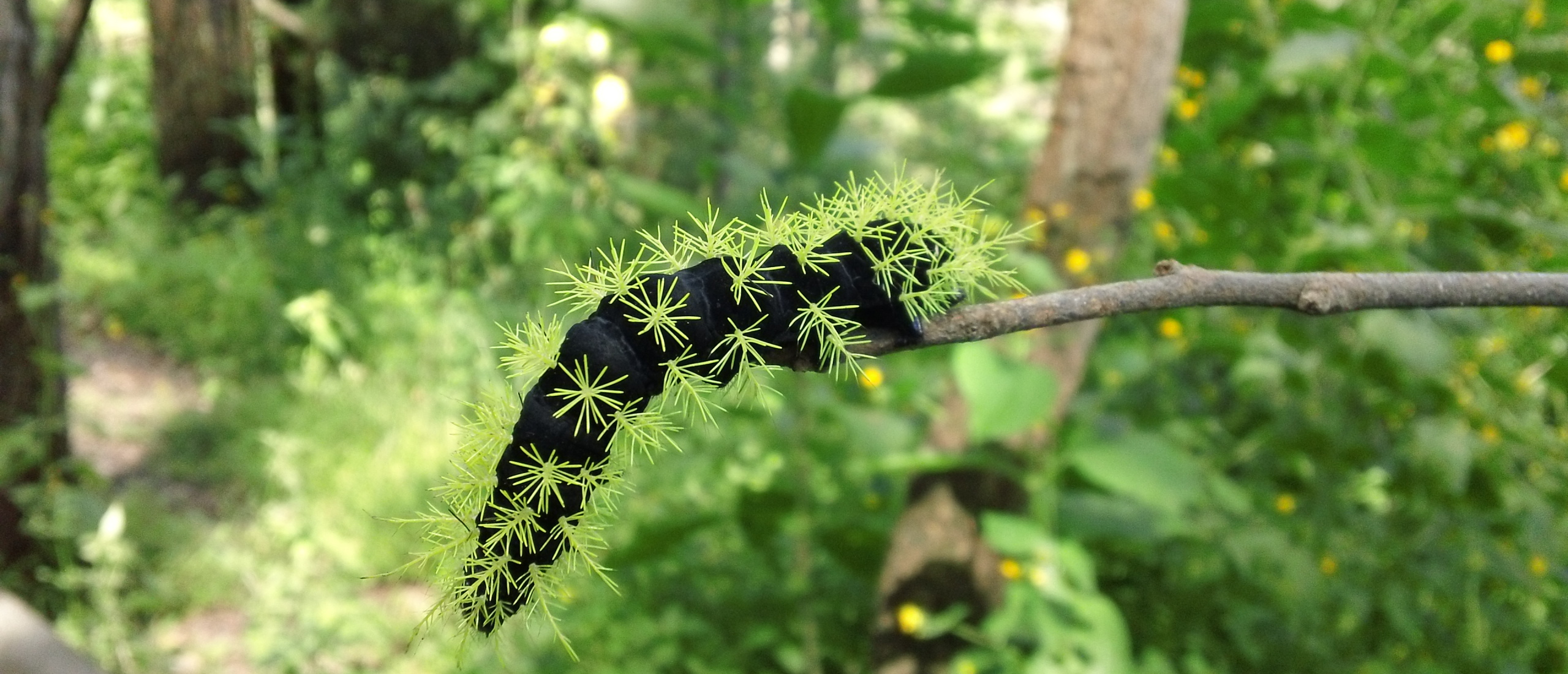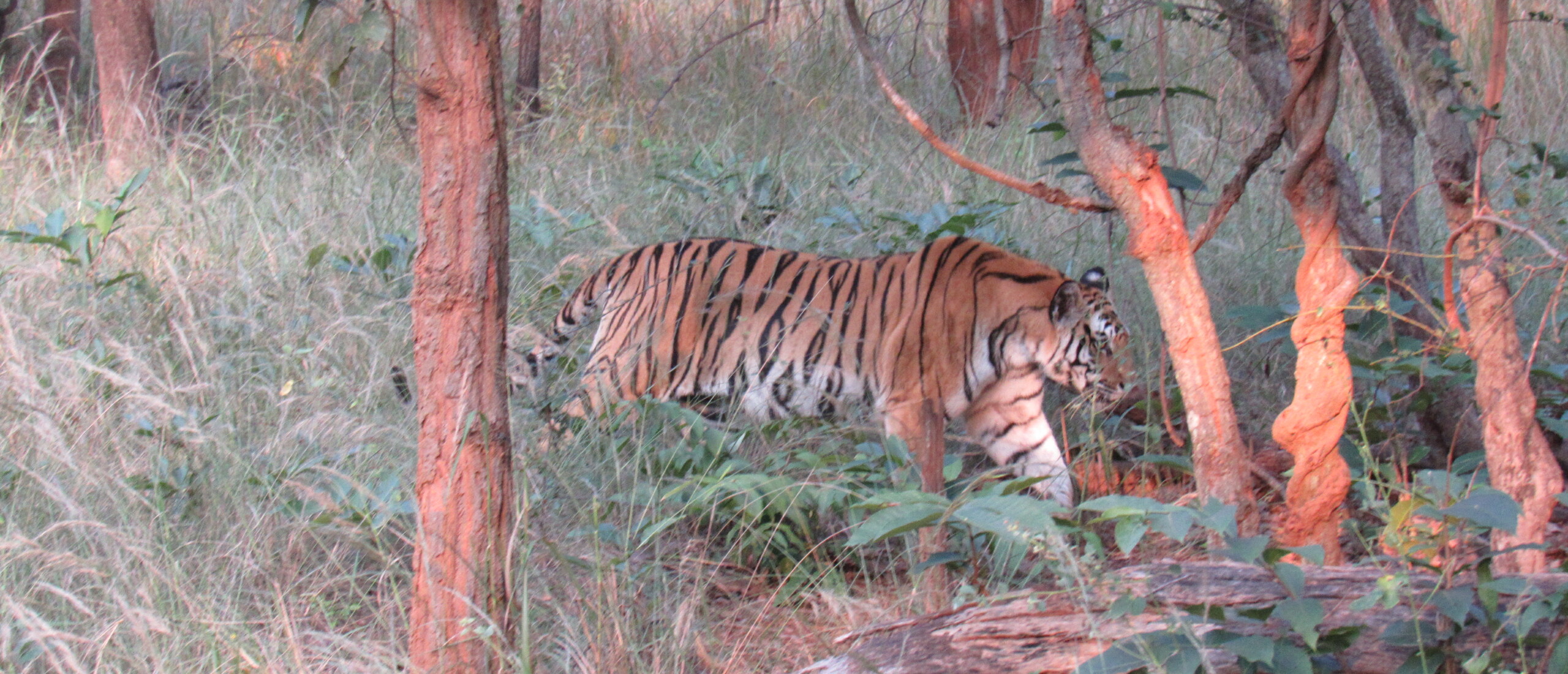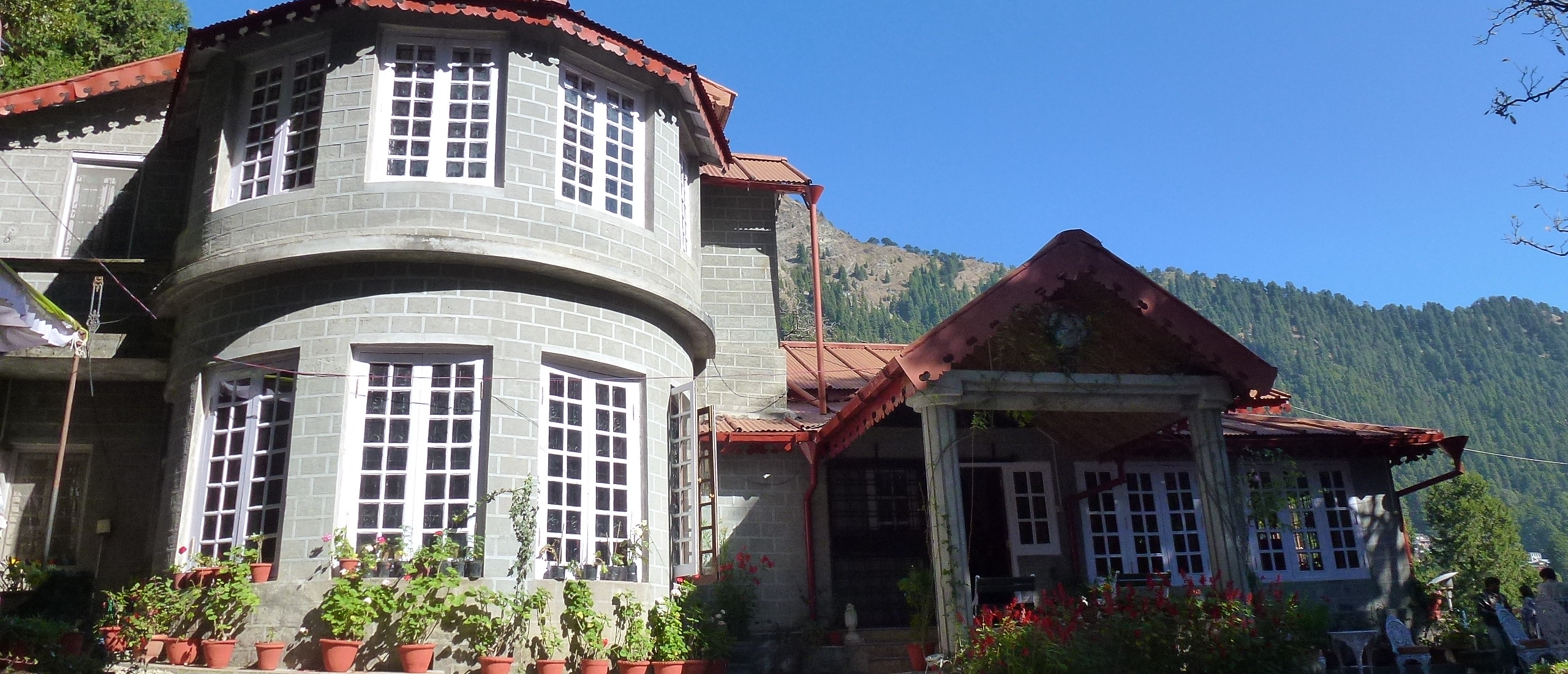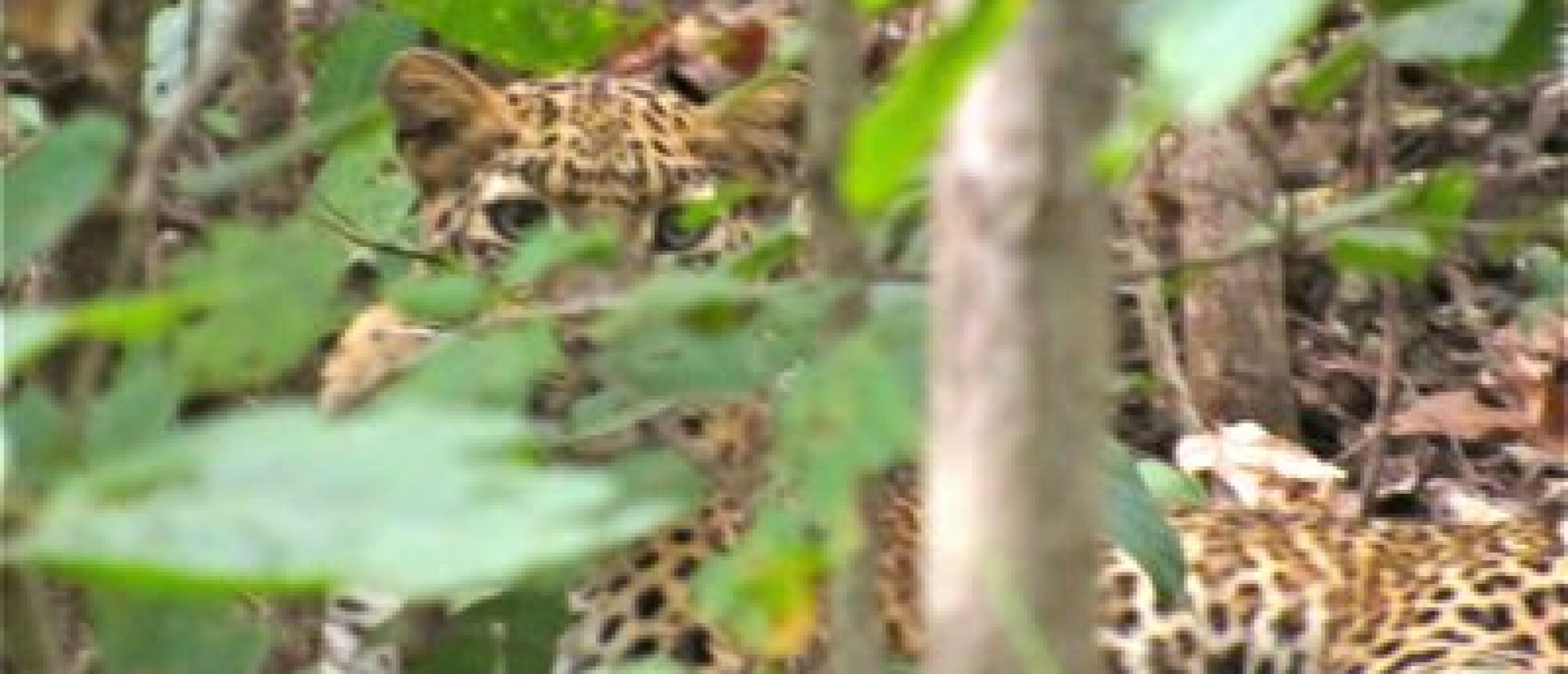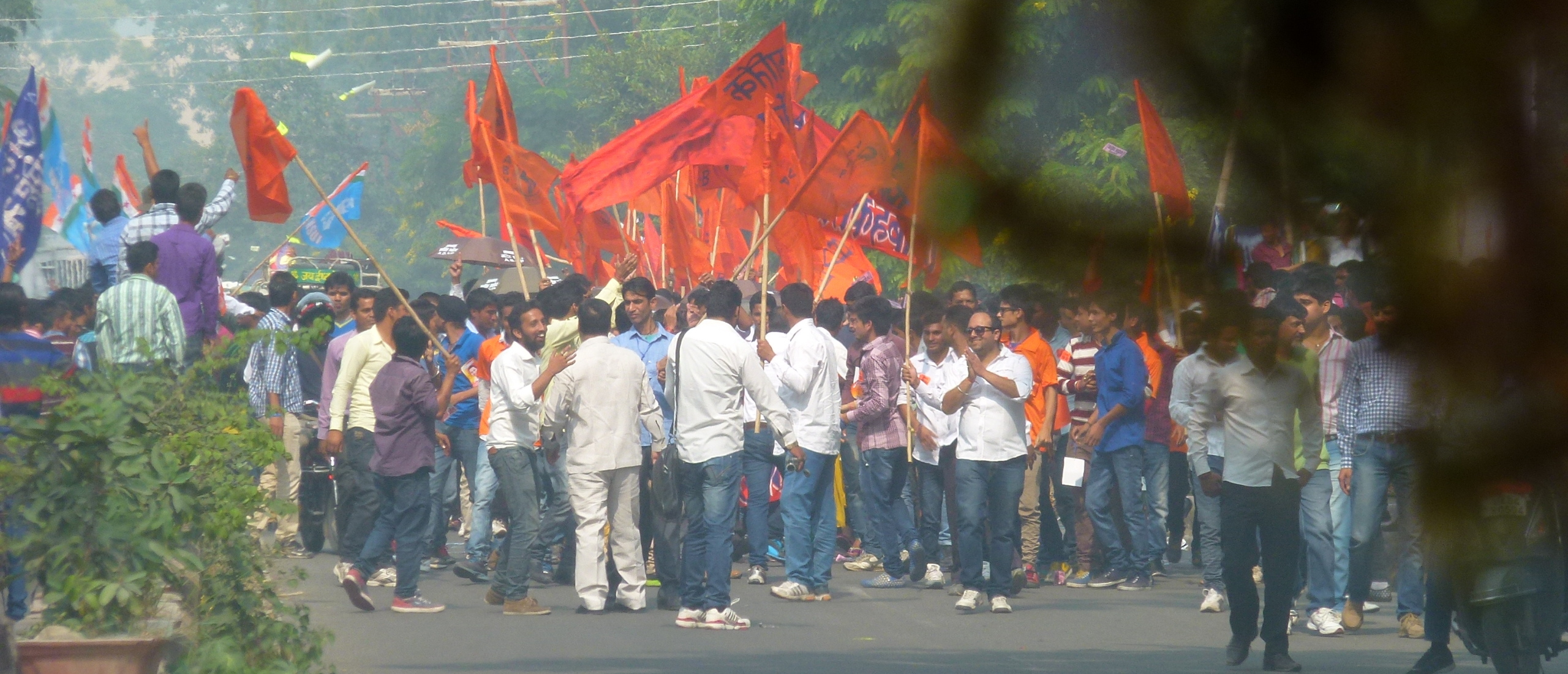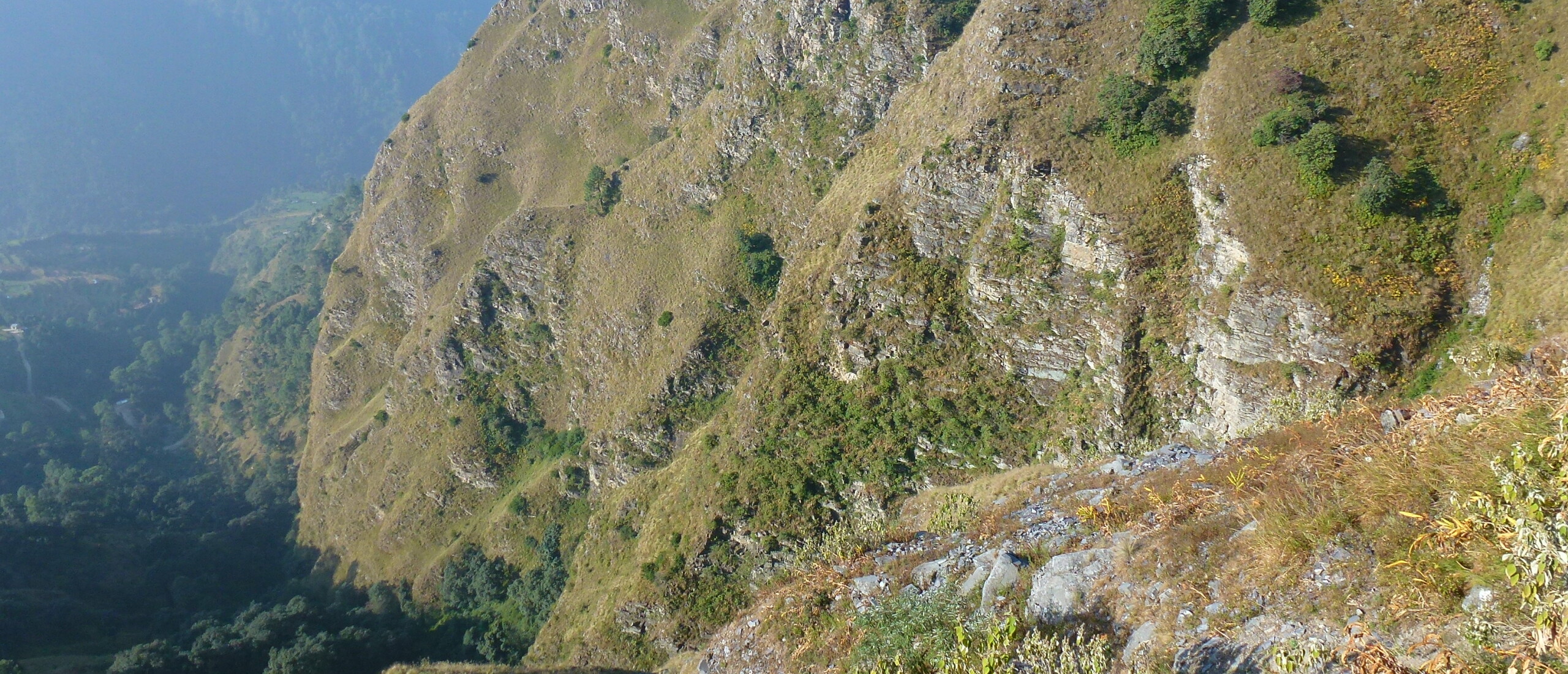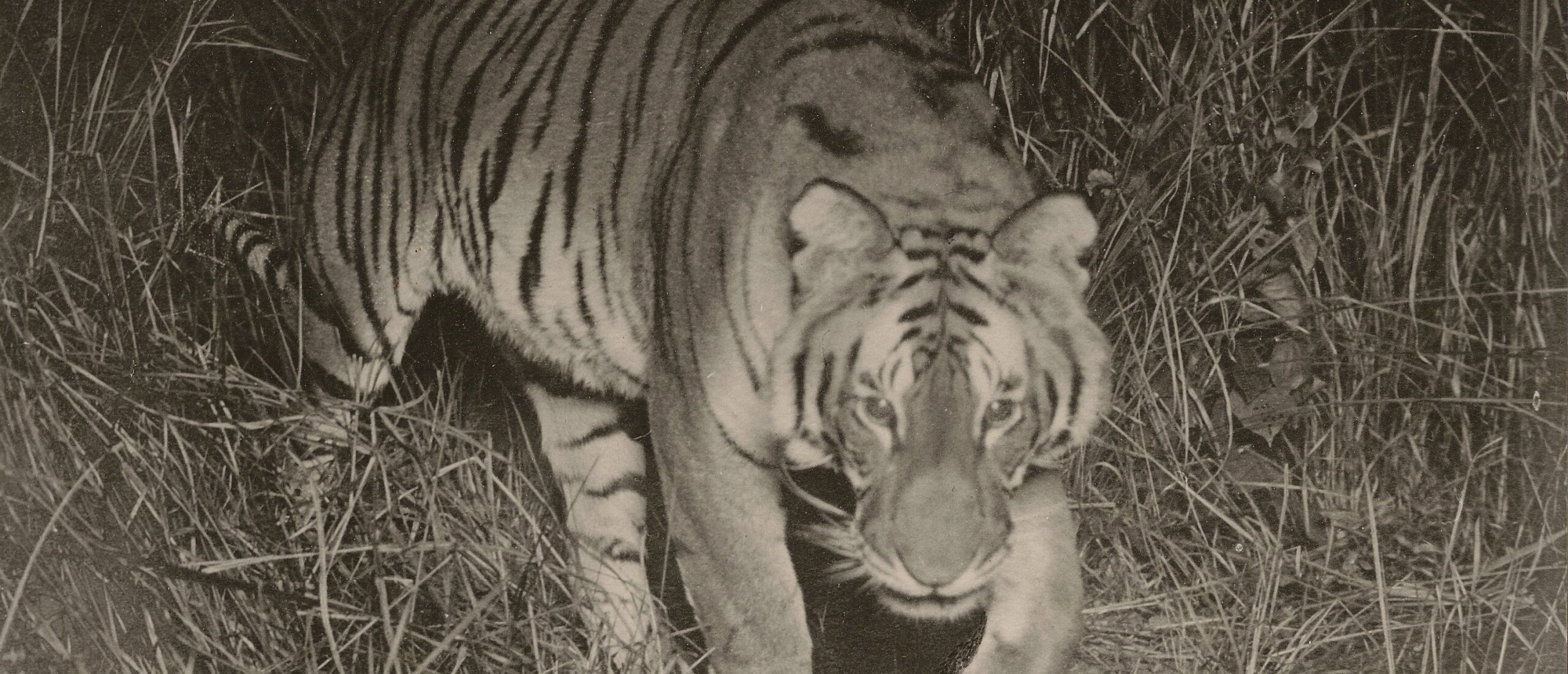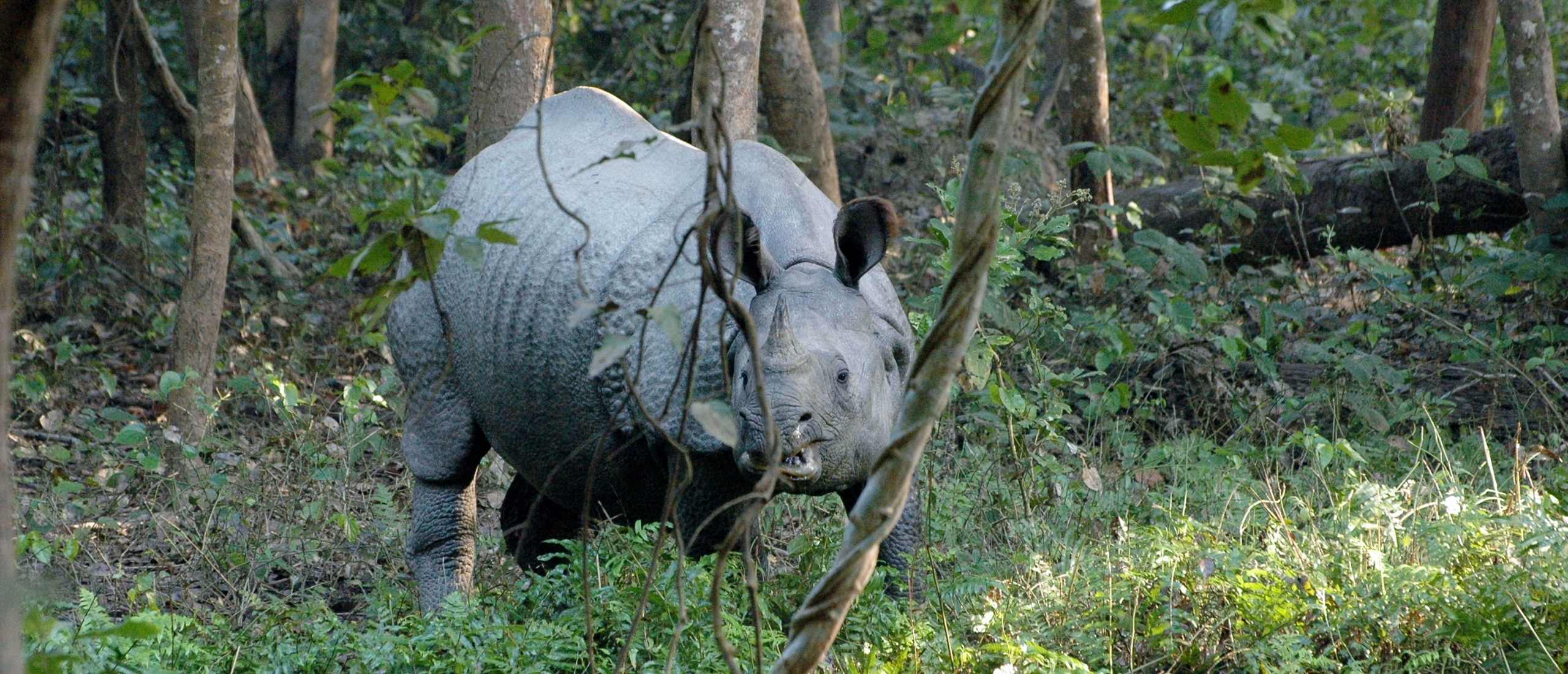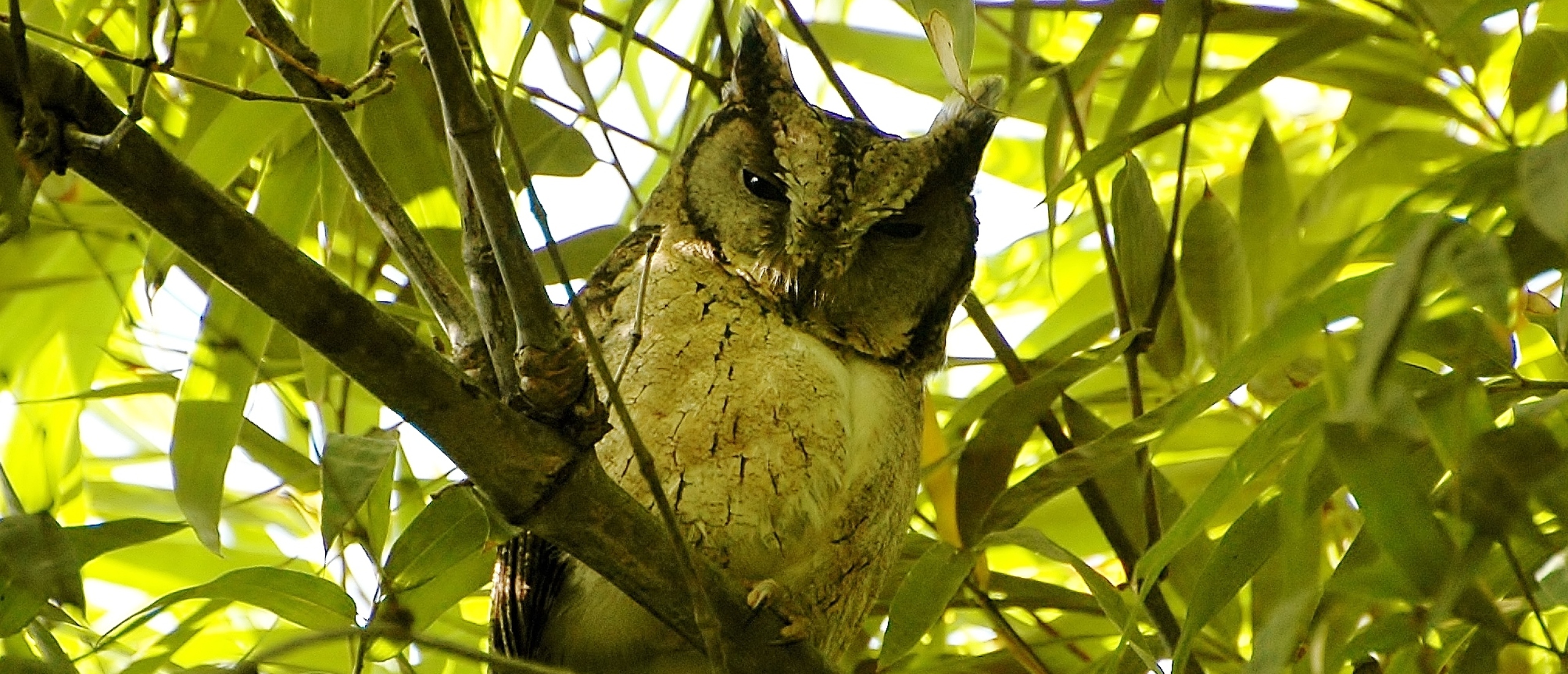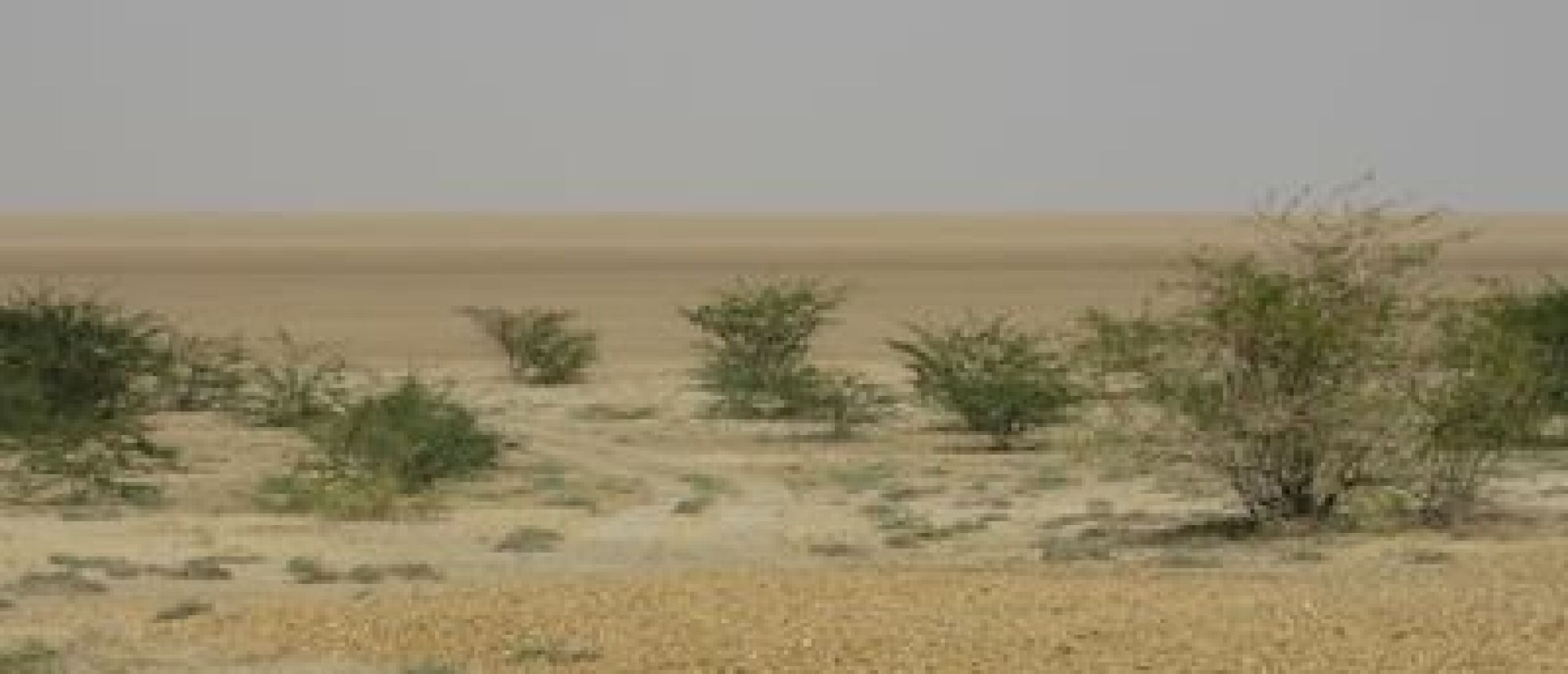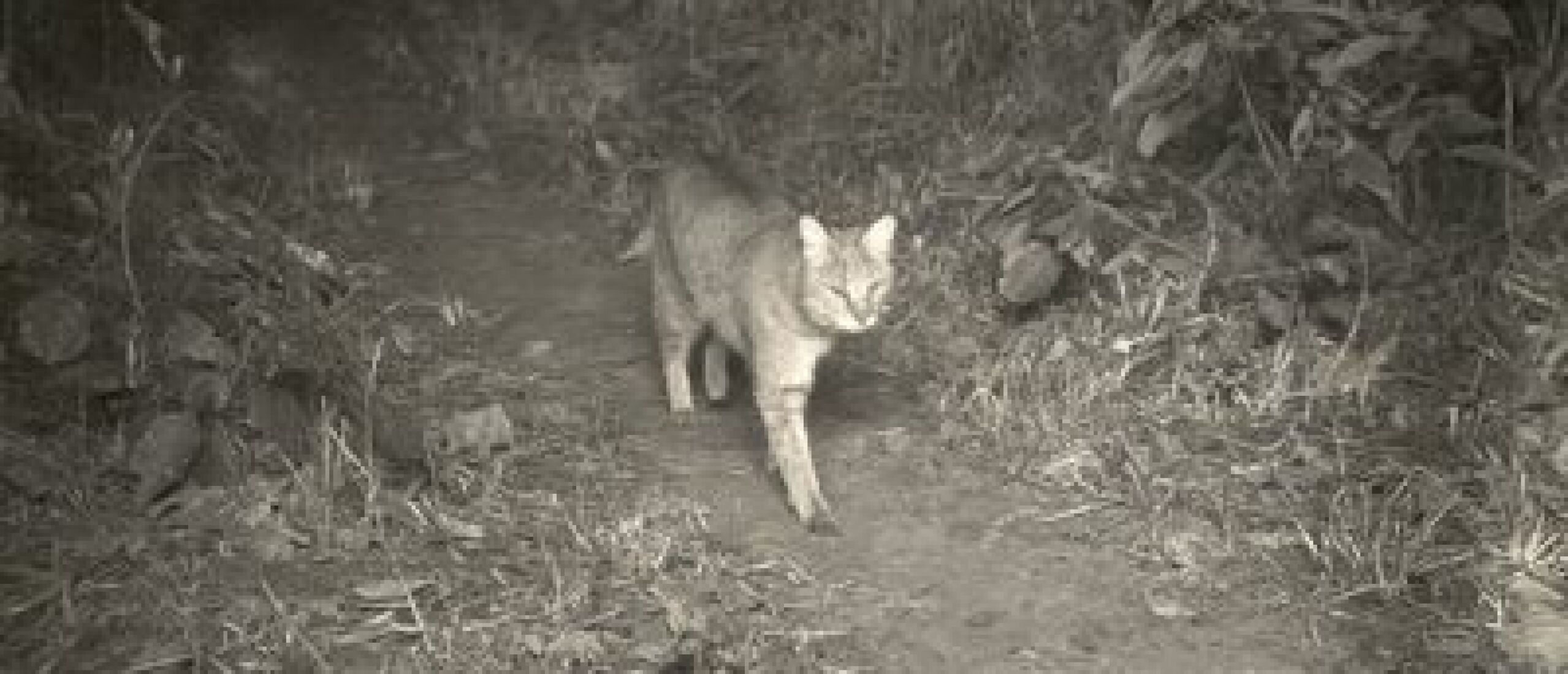
The Great Indian Adventure begins! So here we are, just outside the Corbett National Park in northern India, Rosemary Fox and I, back at last in the erstwhile haunts of my grandfather, F W Champion OBE IFS, whom she knew personally when she was a child, as her parents were my grandparents’ closest friends in the 1920s, 30s and 40s. Having lost touch with our family when my grandmother died in 1983, Rosemary searched for my grandfather’s name and found my blog while I was travelling in Guatemala in 2011, and emailed me at once, but I was unaware that there was an email address linked to my blog, so it was not until my website administrator was doing work behind the scenes on the blog that he discovered more than 300 emails in my inbox, and he duly forwarded them into my regular email account. Among these messages was the one from Rosemary, in which she introduced herself and said how much she would love to re-establish contact with “The Champs”, as she and her parents used to refer to our family. Since then we have been in constant contact, although Rosemary lives in British Columbia, Canada, but it was not until the day before yesterday that we finally met face to face – in the departure lounge at Heathrow airport. At first I could not see her, and was rather concerned that her incoming flight from Vancouver might have been delayed, and that she would miss this connection. However, when I heard a sharp cry of “James!”, I knew that she must be somewhere close by, although I could not at first spot her as she was seated behind the desk, out of sight. Later she informed me that she had recognized me by my ears….a feature that I did not know was such a prominent part of my anatomy! From then, probably to the annoyance of our fellow passengers, we chatted virtually throughout the entire flight to Delhi. After all, I had 84 years of her life to catch up on, as well as the first few of what I hope will be many personal anecdotes of the time she and her parents spent in the company of my grandparents. We landed at the ungodly hour of 03.15, and were greatly looking forward to getting our heads down in the comfortable-looking Thikana Guest House, Rosemary especially after her marathon journey, first flying from Smithers to Vancouver, then on to London, and finally to Delhi. But sadly that was not to be, as although my suitcase and one of hers appeared on the baggage carousel, the second of Rosemary’s did not, and a nightmare two and a half hours of battling with the Baggage Claim office ensued, with stressed passengers and ground staff all competing for the attention of just two extremely over-worked officials. We finally made it to the guest house at around 05.00, and eventually fell into an exhausted slumber. The rest of the day was spent recovering, although we did venture out in the late afternoon to the delightful Lodi Gardens, a well-known haunt of Delhi birdwatchers and a great place to re-familiarise oneself with the commoner garden and city birds of India, which Rosemary referred to as old friends. Back at our accommodation, we had a stimulating dinner with a colourful array of characters, including a one-eyed ex-boxer/artist and his fashion-buyer wife from New York, the daughter of a missionary couple who had grown up in India in the early part of the last century, and a most helpful and pleasant financial man from the UK, who had come to India originally for two months, but who was now in his twentieth month and feeling no great desire to return home. Drinks on the rooftop followed the delicious dinner, and the kind offer of an almost full bottle of gin, which we were instructed to empty, led to a considerable consumption of G and T, a task to which, as Rosemary reported to her sister Sheila, I contributed a good deal! This morning, feeling slightly under the weather, we were initially extremely kindly helped by the financial gentleman to register Rosemary’s lost bag on the Air Canada Baggage Tracer website, and then we boarded our vehicle for what turned out to be a very long and traffic-filled creep along the 275 km route from Delhi to the outskirts of the Corbett National Park, named after hunter-turned-conservationist Jim Corbett, who was a friend of my grandfather’s, and who records at the back of his classic book “Man-eaters of Kumaun” that it was Champion whose remarkable images of tigers and other wildlife inspired Corbett to make a little less use of the rifle, and a little more of the camera. And so here we are, ready for a safari jeep drive in the Park tomorrow morning, followed by another one later in the day. I wonder what Corbett and my grandfather would make of the area if they were to transported forward to today, and could see what has changed since the late 1940s, when both Champion and Corbett last set eyes upon this glorious area. Tiger Tiger! Following on from our not all that auspicious start with the loss of Rosemary’s bag somewhere between Vancouver and Delhi, our Great Indian Adventure has progressed very well since – although there is still no sign of the errant bag. We left Delhi on Friday morning, and experienced some of the capital’s notorious traffic congestion as we inched our way out, weaving between every conceivable form of transport: cars, rickety buses with Bollywood-style music blaring out at full volume, heavily overloaded trucks, many marked with “Blow horn” on the back (an instruction which was liberally followed), and motorbikes thundering along in the into the teeth of the traffic in the opposite direction, even when we were on a dual carriageway. The overall route we took was in fact one that would have been familiar to both my grandparents and Rosemary back in the 1930s, but in the intervening years the landscape has changed dramatically, with urban sprawl spreading along the highway, the long bridge across the Ganges perhaps being one feature that has remained from those far-off days. By late afternoon we finally reached Ramnagar, on the very edge of the hills, and site of the Headquarters of the World-renowned Corbett National Park and Tiger Reserve. We checked into one of the many modern lodges that have sprung up along the Kosi River, close to the park entrance, and crashed out almost at once, Rosemary bearing up well but undoubtedly feeling the effects of her marathon journey from Smithers to Vancouver, then on to Heathrow, followed by yet another flight to Delhi, the loss of her suitcase, and then this long and tiring ride to Ramnagar. Our programme for the next two days involved three excellent safari rides into the two areas of the park that are currently open, the main central areas only being accessible from 15th November. The early morning excursion took us to the southern zone, and whilst it was of course a delight to be back in this marvellous reserve, it did not provide a huge number of unusual sightings. However, the late afternoon drive, this time into the Bijrani sector, proved to be one of the highlights of my nature-watching experiences to date. Reports of a tigress with four well-grown cubs reached our driver and guide, and it was not long before we found a Langoor monkey perched high in a bare tree, looking intently and constantly in one direction, and uttering the characteristic gruff bark that these watchmen of the jungle use to warn others of their kind, and unwittingly every other potential prey species, that a tiger is on the move. A brief ride in our open-top Maruti Suzuki Gypsy, the tough workhorse of Indian national parks today, led us down into a semi-dried out riverbed, and almost immediately the tigress was spotted, at first ambling along the far side of the open area, disappearing behind a large fallen log, but it was not long before she emerged into full view, and then we were treated to indescribably marvelous views as she crossed over towards us, stopping occasionally to sniff at the scent marks left either by herself or another tiger, and spraying her own scent liberally as she went. She crossed over the track and proceeded to lope right past us along the stream bed, sometimes appearing to snarl and putting her ears back, which certainly gave the impression that she was not in the best of moods, before she turned away, providing us with a final view of her scent marking a twig before she disappeared into thicker vegetation. The beauty of this clearly well-fed and healthy tigress, despite the fact that she must have had her work cut out having to provide food for her large and hungry family, was a marvel to see, and I felt a twinge of pride knowing that it was thanks to a large extent to my grandfather that the Hailey, later Corbett, National Park was founded in 1936, providing as it now does a haven for the estimated 170 tigers that currently reside within its boundaries (it is shocking to think that that number is perhaps 10% of the total number of wild tigers left in all India). After such a sighting, it is hard to concentrate on the other wonders that the park offers, but we were able to enjoy excellent views of several Elephants, including one group of four females with several young, with a matriarch who not best pleased to be disturbed and came out of the forest towards us, ears flapping and waving her trunk. Other highlights included numerous Spotted Deer, otherwise known as Cheetal, three or four Sambhar, Barking Deer, Wild Boar, as well as numerous spectacular birds including the almost prehistoric-looking Great Hornbill, Black and Woolly-necked Storks, Kaleej Pheasant, and the powerful-looking Stork-billed Kingfisher, with its over-sized red bill looking as if it could snap a well-grown fish out of the water with no trouble at all. Our thanks go to our two excellent guides Nafees and JP, and to Sumantha Ghosh, a huge fan of my grandfather’s, who is hooked upon Rosemary’s tales of her childhood, when she used to accompany her parents on Christmas camps in the jungle with my grandparents in these very forests. Sumantha touchingly told me that it was thanks to my grandfather’s influence that he is not stuck working in a bank in the big city, and is instead greatly involved in the wildlife conservation movement, and lives his life surrounded by the beauty of what my grandfather so evocatively used as the title of his second book, The Jungle in Sunlight and Shadow. Not so plain tales from the hills I am writing this post beneath the towering deodar trees, Cedrus deodara, with the late afternoon sun casting dappled shadows and the wind murmuring through the branches. My location is Papparsalli, high on a ridge above the ancient capital of Kumaun, Almora, a town with a long association with my family, as this was one of my grandfather F W Champion’s postings as a forester with the Imperial Forestry Service, and it was from here that he, my grandmother, my father, aged eight, and his governess Kay Perry set out on their great trek to the Pindari glacier in October 1936, a journey that I recreated in October 2006, staying in the same bungalows and photographing the same scenes, precisely 70 years later to the day. Our “home” for the last four days has been the wonderfully atmospheric old colonial house of Richard and Elizabeth Wheeler, who run it as the appropriately named Deodars Guest House. As I walked around the corner of the house just after we arrived, tired after the long and twisty drive up from just outside the Corbett National Park, via the Queen of Hill Stations, Ranikhet, headquarters of the Kumaun Regiment, I really felt as if I was coming home, and to be met by our charming hosts and welcomed so warmly was a privilege – I had spent a wonderful few days here together with my parents and cousin Be back in 2006, and I knew we were in for a treat. This marvellous old home, complete with ancient tiger, leopard and a sloth bear skin on the walls (not to my taste but nonetheless representative of the period the house represents), takes one back to the days of the British Raj, and indeed Richard comes from an illustrious family of officers of the Indian Army, and my father and he had discussed the exploits of various General Wheelers at length during our previous visit. Elizabeth, originally from Goa, has also led an interesting and varied life, and it has been a real pleasure sharing our experiences and impressions with them, as well as listening to their own stories and enjoying their beautiful home at leisure. Breakfast here is an experience in itself, sitting out on their terrace, trying to concentrate on the delicious spread when there is a feast for the eyes competing for one’s attention: the breath-taking panorama of the Himalayan snows, stretching from Nanda Ghunti in the west, incorporating the great trident peak of Trishul, then the long ridge of Trishul East, before reaching the holy mountain of Nanda Devi, formerly the highest peak in the British Empire (and yet interestingly not now the highest peak in India – I shall leave you to ponder that mystery and will provide the solution in my next post!). Further to the east still is the great fish-tail mountain of Nanda Kot, a peak with which I feel a special bond as it is at the foot of this giant that the Pindari glacier is located, visited by my great uncle Harry Champion in 1924, by my grandfather in 1936, and by me in 2006. As well as the mountains distracting one’s attention away from the breakfast, there is an ornithological bonanza to behold as well, with among other delights Himalayan Bulbul, Streaked Laughingthrush, Green-backed, Spot-winged and Black-throated Tits, delightful Chestnut-bellied Nuthatches, Bar-tailed Treecreepers, Russet Sparrows and Oriental White-eyes all flitting about the terrace. The highlight, however, is the diminutive Asian Barred Owlet that perches on a broken off branch of a pine just outside the fence – on one occasion, just as I was lifting my cereal-filled spoon, it darted across and seized a cricket from a large yucca-like plant right in front of me. Although it was hard to drag oneself away from this seventh heaven, on our second day here we ventured out in a clapped out Maruti Suzuki Alto for a bumpy and tortuous drive up to the high ridge of Binsar, with its extensive stands of protected high altitude forest, and perhaps more spectacularly, a closer view of the great Himalayan snow-clad peaks. Here my intention was to leave Rosemary sitting on the rooftop terrace of the Tourist Rest House to admire the ever-changing mountain and cloudscapes, and to indulge in a little peaceful birdwatching along the ridge towards the viewpoint tower, a route I had taken twice back in 2006, but a tranquil walk it was not to be. Our driver insisted on accompanying me, and he raced along, constantly pointing out shortcuts to me, and saying “Main road very long long, this way short short”. Well, actually I would have preferred the long long route, but there was no holding the man back. It was not long (long) before we reached the tower, from which I surveyed the spectacular panorama stretching along the northern horizon, and it was only a few moments after we had started the short short route back along a narrow trail that hugged the ridgetop, when a deep, ferocious-sounding “sawing” call resounded through the forest just below us. The driver and I looked at each other, and both uttered the same word at the same time: “Leopard!” Although I was delighted to know that leopards still occur here (apparently in considerable numbers), I was nonetheless slightly relieved when even the driver suggested that taking the long long route back might not be a bad idea. Now the sun is setting behind the deodars, and sadly also setting on our stay in this delightful spot, as tomorrow the next stage of our Great Indian Adventure begins. I can only thank Richard and Elizabeth for their wonderful hospitality, and highly recommend their amazing guest house to anyone who is able to make the journey to this remarkable region of the Himalayan foothills – you will not be disappointed.


